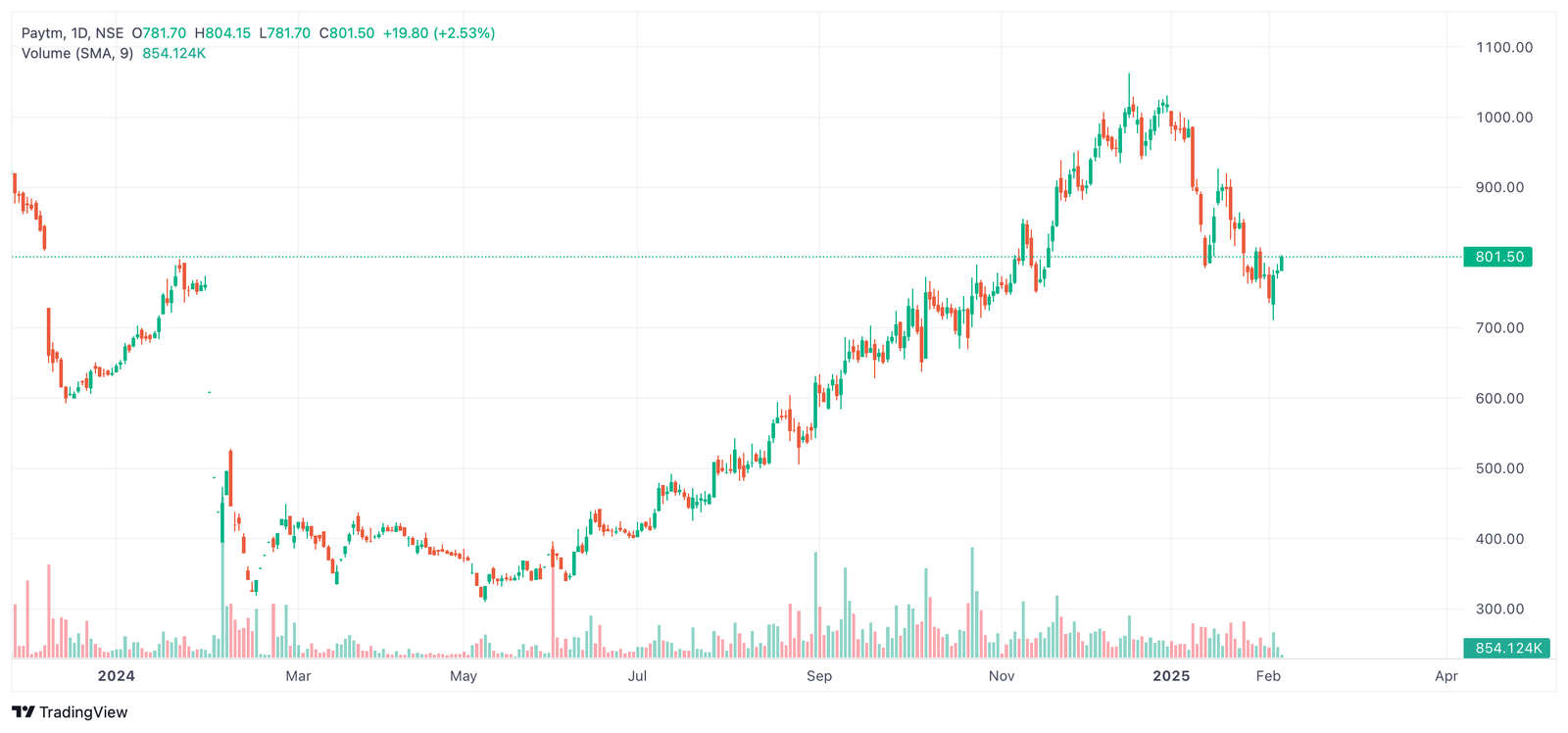Securing your property isn’t just about locking doors anymore—it’s about staying ahead of evolving threats with smarter solutions. Traditional keys and basic alarms are quickly becoming outdated as more homeowners and businesses in the UK turn to advanced smart security systems. These systems don’t just protect; they give you control at your fingertips, whether you’re at home, at work, or halfway across the globe.
Access control is at the heart of these innovations, offering tailored security that fits your lifestyle. From managing who enters your property to setting precise access schedules, smart systems ensure you’re always in charge. But with so many options available, how do you choose the right one for your needs? Understanding the benefits and capabilities of smart access control is key to making an informed decision. Let’s explore how these systems are redefining property security and giving you the peace of mind you deserve.
Overview Of Smart Security Systems
Smart security systems integrate advanced technology to enhance property protection, offering seamless monitoring and management. These systems often include interconnected devices such as smart cameras, sensors, locks, and control panels, which you can manage remotely using mobile apps or web interfaces. Their versatility allows for tailored configurations, whether for private homes or larger commercial properties.
A key feature of smart security systems is real-time monitoring, which can provide instant alerts in case of breaches or suspicious activity. You might receive notifications directly on your phone when sensors detect unauthorised access, enabling you to respond promptly. Additionally, video surveillance often records high-definition footage, accessible anytime for review, making it easier to verify incidents.
Automation strengthens their appeal by reducing manual interventions. For instance, you can set schedules for smart lights or lock doors automatically at specific times. Many systems also integrate with voice assistants, offering convenient voice-activated controls. These interconnected solutions ensure you remain in control of your property’s security, whether you’re onsite or away.
Data encryption and user authentication are essential components, designed to safeguard your systems from cyber threats. Ensuring these measures are in place protects the sensitive information transmitted between devices. When selecting a system, you might prioritise robust encryption standards to keep potential vulnerabilities minimal.
Are you wondering if these systems can adapt as your needs evolve? Many offer scalability, allowing you to expand features or add devices without replacing the entire setup. This adaptability ensures longevity and reduces the need for frequent upgrades, which might appeal to those focused on maintaining cost efficiency.
The accessibility of these systems extends beyond convenience. Consider remote access—granting entry to guests or employees without being physically present brings flexibility. Coupled with features like multi-user authentication, you can maintain control while distributing permissions.
By blending functionality, adaptability, and innovation, smart security systems offer comprehensive solutions for modern access control. Understanding these tools helps you choose options that align with your property’s specific requirements. Do you feel confident in managing security with enhanced ease and precision?
Importance Of Access Control
Access control plays a critical role in property management, offering advanced protection against threats while empowering you to decide who enters your space. By integrating smart security systems, you gain not just enhanced safety but also convenience and reliability.
Enhancing Property Security
Access control strengthens your property’s defences through sophisticated features like biometric locks, virtual keys, and customisable entry points. These tools work together to combat risks and ensure that only authorised individuals can access sensitive areas. For instance, fingerprint scanners and keyless entry systems limit vulnerabilities, reducing any reliance on traditional keys that can be lost or duplicated. Integrating these systems with cameras and apps provides an advanced layer of real-time supervision.
Preventing Unauthorised Access
Modern access control can block unauthorised entry by using multi-factor authentication and encrypted data communication. Smart locks and digital codes offer precise control, ensuring only verified users gain entry. You can assign temporary or one-time access codes, making it easier to regulate guest or service worker arrivals. If someone attempts forced entry, instant alerts through the system help you address threats promptly while ensuring security protocols remain unharmed.
Key Features Of Smart Security Systems For Access Control
Biometric Access
Biometric technology transforms access control by ensuring unique, reliable entry methods. Fingerprint scanning, iris recognition, and facial authentication provide unmatched accuracy. You reduce the risk of duplication or key sharing, as biometric data ties directly to individual identities. These systems operate swiftly, granting seamless access without manual intervention. Additionally, you can combine biometrics with other verification methods for enhanced security. When managing properties with multiple users, you assign distinct biometric profiles to track entry logs accurately. This tool enhances both security and accountability across residential or commercial settings.
Remote Monitoring And Control
Remote management enables you to supervise property access anytime through mobile apps or web platforms. Instant notifications alert you to unauthorised attempts, while live updates keep you informed of activity. If granting temporary access, you issue digital keys or adjust permissions remotely. Lock and unlock doors from anywhere, eliminating the geographical constraint of physical presence. Real-time visibility ensures you stay in control when no one is on-site. By integrating this with other systems such as cameras, you create a cohesive, remote-secure environment tailored to your needs.
Integration With IoT Devices
IoT compatibility enhances your property’s interconnected security framework. Smart locks, lights, doorbells, and sensors work seamlessly to provide holistic protection. You automate tasks like locking at specific times or activating alarms upon detecting unusual behaviour. Devices sync to exchange data, improving responsiveness and reducing downtime. For example, when an unauthorised entry triggers an alarm, connected cameras activate to capture live footage. These capabilities empower you to customise settings for comprehensive control. The scalability of IoT networks ensures smooth integration of new devices as your security needs expand.
Benefits Of Smart Access Control Systems
Smart access control systems offer modern solutions for enhancing property security while improving functionality. They combine innovative technologies to ensure reliable and user-centric security management.
Convenience And Flexibility
These systems adapt seamlessly to your lifestyle, providing remote control and instant updates. You can lock and unlock doors using a smartphone or assign virtual keys with strict expiry times. Scheduling access for specific users eliminates the hassle of physical key exchanges.\
Multi-user authentication further simplifies management. For example, family members, employees, or guests can have unique access credentials, which you can modify or revoke without disruptions. Customisation transforms daily operations into a streamlined experience.
Improved Security Protocols
Advanced protocols minimise risks by employing encrypted data streams and multi-factor authentication. Biometric features such as facial recognition and fingerprint scanners verify identities with precision, reducing vulnerabilities. Real-time alerts keep you informed of suspicious activity. If an unauthorised attempt occurs, the system instantly notifies you, enabling swift responses. These measures ensure sensitive areas remain secure while reinforcing an already robust protection framework.
Challenges And Limitations
Smart security systems offer enhanced access control, yet they face inherent challenges that can affect their effectiveness and reliability. Understanding these aspects ensures informed decision-making when implementing such systems.
Privacy Concerns
Smart security systems handle significant amounts of personal data, including user credentials, video surveillance footage, and access logs. This data, if improperly managed, can be exposed to breaches, threatening your privacy. For instance, cloud storage used for video recordings can become a target for cybercriminals seeking vulnerable networks.
Data-sharing practices of service providers might also raise concerns. Some providers collect and analyse user data for development purposes, potentially compromising confidentiality. Examining the privacy policies of providers and ensuring compliance with stringent data protection regulations like GDPR reduces risks.
System Vulnerabilities
Even advanced systems can face vulnerabilities that attackers exploit. Weak encryption methods or outdated firmware create openings for unauthorised access or control. Cyber threats, such as denial-of-service attacks, can disrupt functionality, leaving your property unprotected during critical moments.
Physical components might also present risks. If smart locks or biometric scanners fail due to hardware defects or power outages, securing your property could pose a challenge. Regular updates and robust backup mechanisms mitigate these vulnerabilities, offering consistent protection.
Future Trends In Smart Security Systems
Technological advancements are shaping property security, introducing smarter and more efficient systems to protect your spaces. Emerging trends focus on increasing intelligence, enhancing encryption, and redefining access control measures.
AI And Machine Learning Integration
AI and machine learning redefine how security systems respond to threats. Intelligent algorithms analyse patterns in real-time data, identifying potential risks before they escalate. For example, systems can distinguish between authorised activity and suspicious behaviour by evaluating movement patterns and device usage. Predictive features allow your system to adapt its responses based on historical data, offering personalised security solutions. This creates proactive measures, reducing manual intervention and false alerts while boosting overall efficiency. Integration of facial recognition, object detection, and behaviour analysis strengthens security layers, ensuring advanced protection for your property.
Enhanced Encryption Methods
Encryption methods offer stronger defence against cyber threats, safeguarding sensitive data like credentials and footage. Advanced encryption algorithms such as AES-256 prevent unauthorised access by ensuring data confidentiality during transmission and storage. Features like end-to-end encryption protect communication between devices, stopping interception risks even when you’re managing systems remotely. Security systems adopt quantum-resistant strategies, preparing for evolving cyber threats. This enables resilience against advanced hacking techniques while maintaining high operational reliability. Your data remains secure and confidential, with providers addressing privacy concerns through compliance with stringent regulations like GDPR.
Last Thoughts
Smart security systems are transforming the way you approach property protection, offering advanced access control and enhanced convenience. By leveraging cutting-edge technology, these systems provide a seamless blend of security and functionality, ensuring your property remains safeguarded against modern threats.
Understanding the capabilities and limitations of these solutions helps you make informed decisions that align with your specific needs. As technology continues to evolve, staying updated with the latest advancements will empower you to maximise the benefits of smart security while addressing potential risks effectively.






